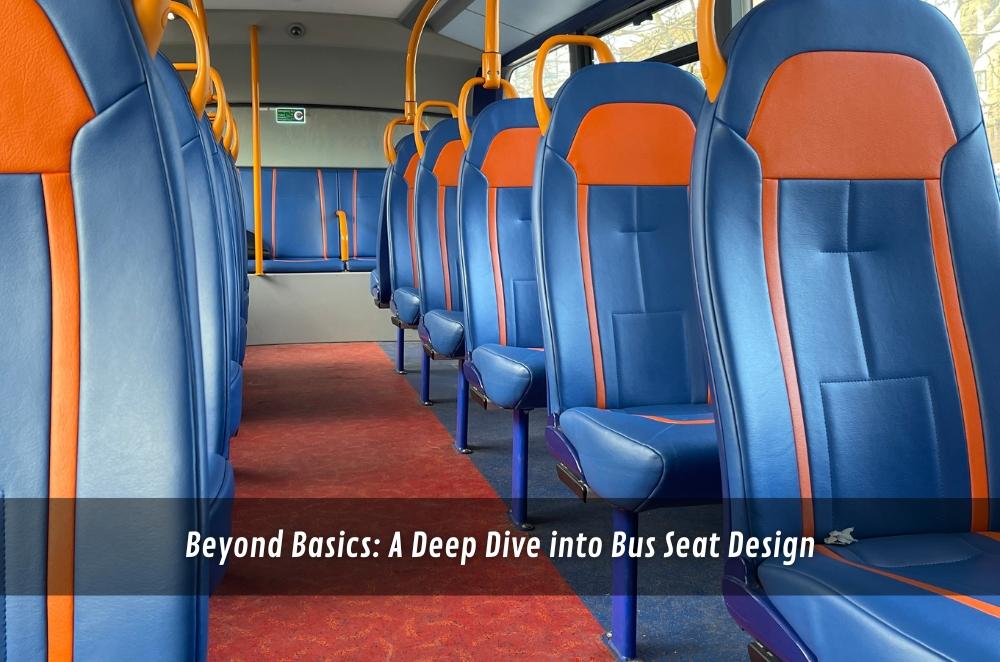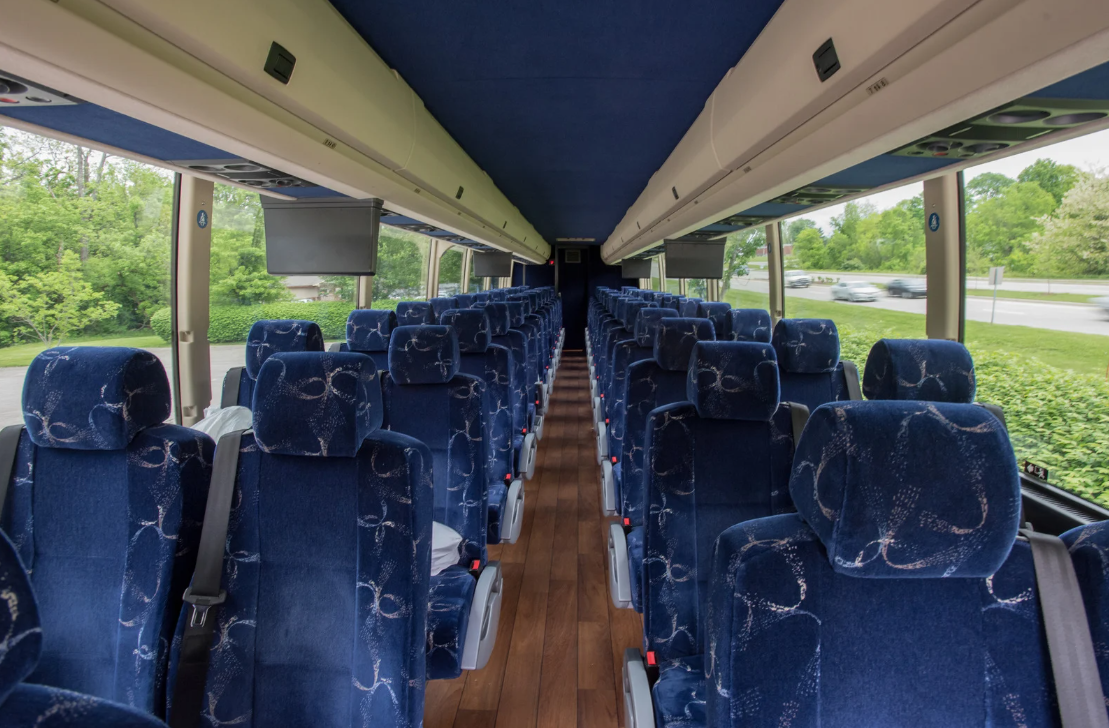Beyond Basics: A Deep Dive into Bus Seat Design

A seat on a bus is more than just a place to sit—it’s part of how the whole journey feels. When the design is poor, people shift and fidget within minutes. When it’s well thought out, most passengers won’t even notice; they just arrive more relaxed. For operators, though, the details matter every day. Cushion firmness, the way the seat pan supports the legs, or how easily a cover can be wiped down all add up to comfort and efficiency over time. That’s why discussions about fleet fit-outs often come back to bus seat design Australia, where local routes, climate, and safety rules shape what works in practice. The challenge is striking the right balance between comfort, durability, and compliance. Get it right, and you don’t just have a tidy cabin—you have a service that feels smoother for passengers and simpler for the team keeping it on the road.
What makes a seat feel right on the road
Passengers don’t describe lumbar curves; they talk about fidgeting, numbing legs, or a ride that “felt fine.” Those reactions come from a handful of choices you can specify.
-
Seat pan length and gentle posterior tilt to stabilise the pelvis
-
Progressive backrest contour that supports the lumbar without a hard “bulge”
-
Dual-density foam to prevent bottoming out on longer legs
-
Arm/edge design that helps with boarding and avoids snag points
On a regional trial, I specced two nearly identical seats: one with a 470 mm pan and single-density foam, the other at 450 mm with dual-density foam and a subtle 2° tilt. After a week of duty on mixed surfaces, drivers logged fewer passenger fidgets and quicker alighting with the latter. The numbers didn’t come from a lab; they came from route cards and quick depot debriefs—still the sharpest tools you’ve got.
Safety and compliance in plain terms
Comfort draws attention, but compliance sets the baseline. Clarity on seat structure, anchorage, and when belts apply will save you rework later. A practical way to keep the team aligned is to map design talks to policy touchpoints—anchorage integrity, accessibility of belt buckles, and modification approvals.
-
Match seat models to vehicle class and service type before layout games begin
-
Keep belt access visible and usable with winter clothing and a small daypack
-
Treat anchorage strength as part of the seat decision, not an afterthought
-
Document changes; modifications can shift your obligations
For clarity, operators frequently look to bus seating safety standards published by government transport departments. These resources help ensure that seat choices align with structural strength and belt installation rules, making safety a built-in part of the design rather than an afterthought.
Material choices that actually survive service
Upholstery that looks great in a sample book can struggle with sunscreen, wet gear, and sand. Specify with your cleaning reality—not the brochure—in mind.
-
Coated fabrics and vinyls for fast wipe-downs; confirm heat performance in-cabin
-
Wool-rich blends for breathability on longer legs; pair with stain-guard finishes
-
High-resilience foam grades for cushions that keep their shape beyond the honeymoon period
-
Powder-coated frames with smoothed edges so covers don’t wear through on seams
On coastal school routes I’ve seen, patterned covers that hide minor marks between cleans keep vehicles presentable without extra downtime. One more practical step: run a depot demo using the exact detergents and wipes your team already carries. Ten minutes tells you what a catalogue won’t.
Layout decisions that move people faster
It isn’t just the seat; it’s where it lives. Layout shapes dwell time and comfort as much as any foam recipe. For urban stop-start service, wider aisles and reliable handholds can outperform a tighter pitch with plush upholstery. On intercity runs, a modest pitch increase and recline can calm the cabin without hurting capacity.
-
Stagger rows to gain shoulder clearance without losing seats
-
Place priority areas where they’re naturally discovered, not hidden in a corner
-
Identify vibration hotspots (over axles, near doors) and specify extra damping
-
Keep grab rails where hands naturally search during braking
In one operator review, we removed a front row to open the entry platform and added a half-height perch rail. Net seats dipped slightly, but boarding smoothed out, and near-misses at the step fell. The cabin felt calmer because it had room to breathe.

Comfort variables you can actually feel
On one of my first fleet reviews, I rode a regional bus for nearly three hours just to test how the seating held up over time. By the end of the trip, I noticed the same restless shifting you’d expect from drivers after a long haul. It reminded me of a truck operator I once spoke with, who explained how truck seat comfort isn’t just about padding—it’s about how the seat absorbs vibration and keeps the body from fatiguing too quickly. His perspective made sense the moment I compared notes with passengers: they were describing the same aches, the same fidgeting, the same relief when a seat was designed with proper support. That overlap between driver and passenger experience is what really shows how small details in seating design can transform the feel of an entire journey.
From cockpit to cabin: applying driver lessons
I once sat in on a depot handover where two veteran drivers compared notes about their rigs. One of them swore that the cab’s seat had saved his back over years of long routes. He pointed out that things like lumbar support, cushioning layers, and even the position of the armrest weren’t “luxuries”—they were survival tools for anyone spending hours behind the wheel. Listening to them trade stories made me realise that truck driver seat essentials aren’t all that different from what passengers need on a bus. Both come down to stability, comfort, and reducing fatigue over time. When those fundamentals are built into the design, whether in a cab or a coach, the result is the same: people step out at their destination feeling less worn down by the ride.
Final thoughts
Good bus seating is the sum of everyday choices. Start by nailing geometry and cleanability for the routes you actually run, overlay the safety baseline, and let your layout do some of the heavy lifting for dwell time. Trial, listen, adjust. When the ride feels calm and forgettable—in the best way—you’ve hit the mark.





